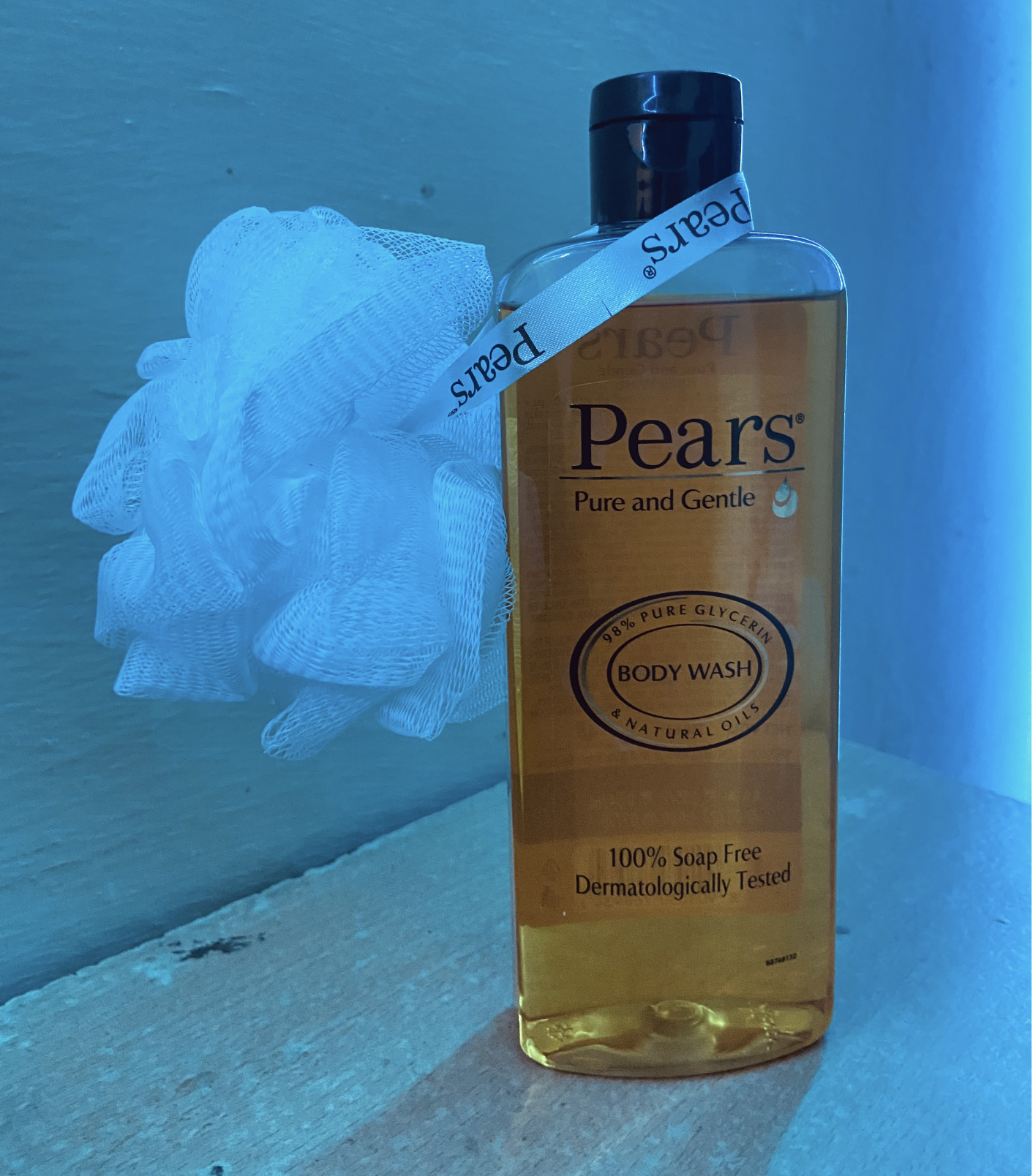Why Pears body wash stood out on my Blinkit screen
Backstory time
We’ve all heard about rewards and habit loops. But to understand the concept and apply it is a whole other thing. As an aspiring designer, I try to keep my eyes open and look out for these design strategies packed in mundane things that otherwise go unnoticed.
I was a soap person, until I shifted to a hostel for my master's and I switched to shower gels. Having a shower gel intuitively felt like a more hygienic thing to have in a common washroom.
Today I ran out of my shower gel and went online to get a new one. It took me less than a minute to add this one in my bucket. And I am not a Pear’s person. I usually randomly pick something I like, but after today’s purchase, I think I wanna stick to Pear’s for a while.
Until something better comes.
The product

Before we go ahead, a little background on reward habits
Reward habit systems are a strategy used to develop new habits by providing incentives or rewards. These systems work by associating a new behaviour with a positive consequence, thereby increasing the likelihood that the behaviour will be repeated in the future.
An example of a reward habit system is the use of a "streak" tracker. This involves tracking how many days in a row you perform the desired behaviour, and rewarding yourself for reaching certain milestones (e.g., one week, two weeks, one month). This can be particularly effective for developing daily habits like exercise or meditation.
I personally used a tracker on Notion to log my nail biting habit - . I had the habit of biting my nails since class 4, I was an anxious kid. Tracking for 2 months sincerely, helped me quit years of habit.
When designing a reward habit system, it is important to choose rewards that are meaningful and motivating to you. The reward should be something that you genuinely want and look forward to, as this will increase your motivation to repeat the behaviour. It's also important to set realistic goals and start small, gradually increasing the difficulty of the habit as you become more comfortable with it.
In my nail biting case, the reward was visual - seeing my nails grow. Once they were long enough, I painted them too. It was an experience I was missing out on so many years - painting nails.
Overall, reward habit systems can be a powerful tool for developing new habits and achieving your goals. By associating positive outcomes with new behaviours, you can create a sense of motivation and momentum that will help you stick to your new habits over the long term.
A look at the User Persona (I, me and myself)

My purchase experience overall
My old loofah was hanging by the tap in a torn out state. I had stopped using it but replacing an old loofah is something I still consider as going a lil extra on my self care routine. This one had a loofah coming with it. I could use a replacement and they are giving it to me for FREE.
Why this worked?
As a product designer, I always strive to create experiences that not only meet the functional needs of users, but also the emotional and psychological ones. The experience described above perfectly demonstrates the power of small details in influencing user behaviour.
The replacement loofah offered for free is not just a physical reward, but also a psychological one that acts as an enabler to a good hygiene habit. It serves as a motivation reward, encouraging the user to continue with their self-care routine. This experience is backed by scientific research that suggests that positive reinforcement can lead to a sustained change in behaviour.
Moreover, the strategic positioning of the replacement loofah is an added advantage. By the time the user finishes the new bottle, the loofah will have lived its life, leading the user to purchase another bottle of the same brand, creating a full circle experience.
As a product designer, I aim to create experiences that cater to the user's physical, emotional, and psychological needs. This experience showcases the power of small details in creating a delightful user experience that goes beyond the product itself.